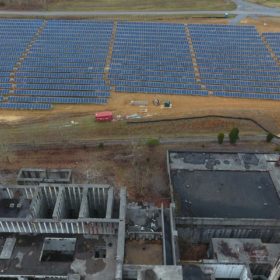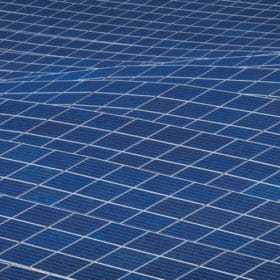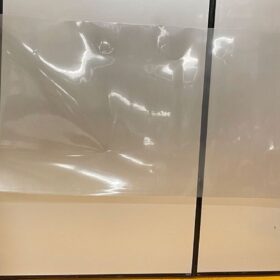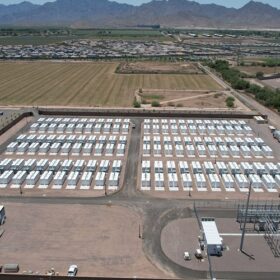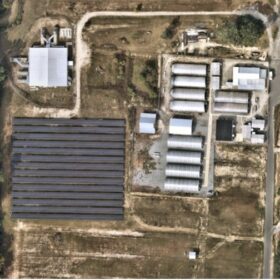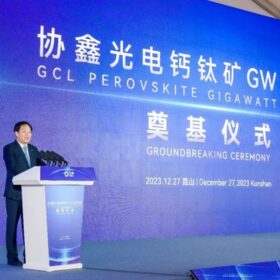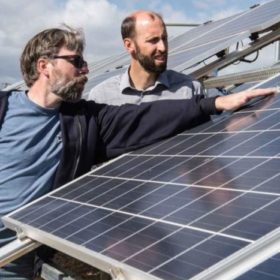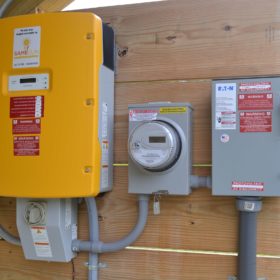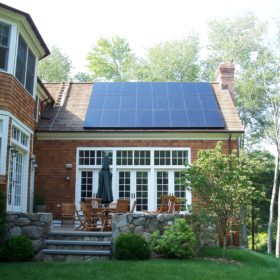MIT scientists optimize perovskite solar cell components
Researchers at MIT have enhanced the stability of Spiro-MeOTAD in perovskite solar cells, achieving over 1,400 hours of high-temperature testing with minimal degradation in a lower efficiency cell.
California replacing nuclear with solar plus storage
Clearway Energy has secured financing for the 200 MW Luna Valley Solar & Storage facility and the 113.5 MW Dagget energy storage project in California. These projects have signed PPAs that are part of a collection of projects being developed across the state intended to replace the potentially retiring Diablo Canyon Nuclear Power Plant.
Solar electricity “a good idea” for 83% of poll respondents
Support for solar electricity has declined by 8% since 2013, according to a recent RFF poll.
Solar panel cleaning with electromagnetic waves
Three companies, including Massachusetts startup Sol Clarity, are experimenting with electrodynamic screen systems to clean solar panels using minimal electricity and no water.
California approves 525 MWac of solar and 320 MW of geothermal
Southern California Edison received approval from the State of California to proceed with power purchase agreements for three solar power projects and two geothermal projects from startup Fervo Energy.
Tesla battery deployment up 157%; Megapack pricing down 44%
In its latest quarterly press release, traditionally focused on vehicle production, Tesla revealed a significant increase in energy storage deployment, officially reporting revenue for 9.4 GWh of deployed storage products.
Perovskite degradation, record solar efficiency, batteries, and more at Intersolar
The Intersolar conference Munich 2024 drew over 100,000 solar professionals, completely filling the massive convention hall. Discussions focused on low module pricing, technology breakthroughs, batteries everything, general electrification, and so much more.
Solar tax transfer for smaller projects: Dissecting a $600,000 tax credit transaction
Basis Climate has closed its smallest IRA transferable tax credit deal to date, marking the end of an era dominated by million-dollar minimum tax credit transactions.
GCL says perovskite solar module passes silicon degradation tests
At Intersolar Europe, the Chinese manufacturer said the perovskite-silicon tandem module would cost 50% of a crystalline silicon module that costs $0.15 per W, meaning $0.075 per W.
Aiko presents ABC solar module with world record efficiency of 25.2% at Intersolar
The Chinese back contact module maker said its new products rely on the company’s all-back-contact (ABC) cell technology and feature a temperature coefficient of -0.26% per C.


